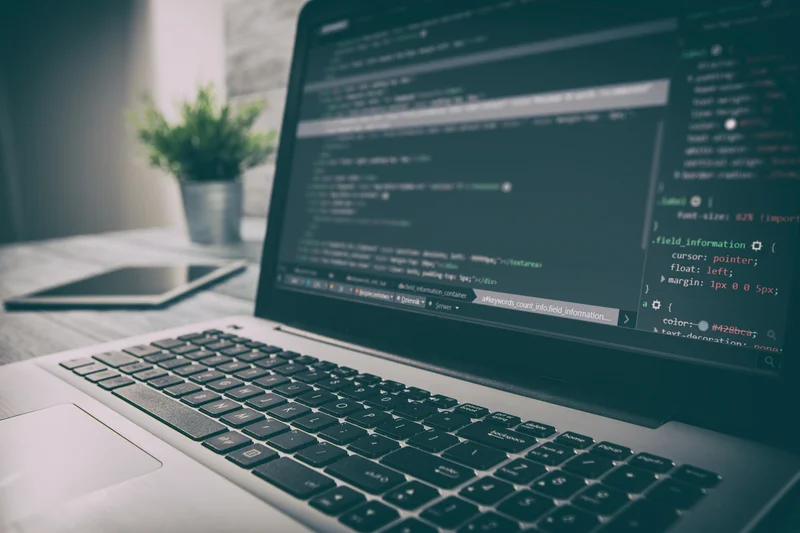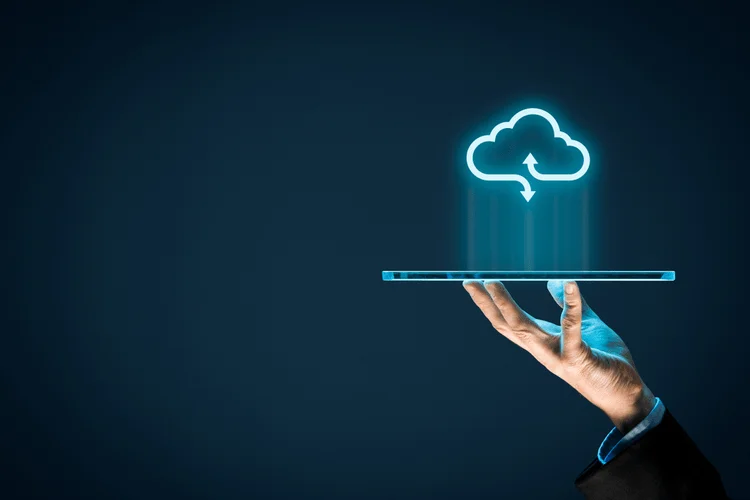Definition of IoT Platforms Gartner Information Technology Glossary
Accounting Explained With Brief History and Modern Job Requirements
August 1, 2023Лучшие Биржи Криптовалют В 2023 Году: Рейтинг Топ-30 Криптобирж
November 24, 2023Definition of IoT Platforms Gartner Information Technology Glossary
In this scenario, the data doesn’t flow directly from the IoT device to the internet and into the Cloud platform. Instead, the data travels through a cellular network—managed by a mobile network operator—before being routed to the internet. It’s important to understand that many companies aren’t using IoT platforms—they’re developing their own platforms in-house. But, depending artificial intelligence machine learning on how you want to go to market, it may be smart to research pre-built options. Depending on your situation, you may save a lot of time and money by partnering with one of these platforms. In our opinion, the most successful platforms will likely be coupled tightly with the distribution of hardware companies that offer a platform on top of the actual connectivity hardware.
It helps organizations build bridges with their customers through recurring services for remote monitoring, more smart field services, and performance management, all to improve the customer experience. Its main focus is computing infrastructure and modern analytical applications. Machine learning also performs manual tasks that are beyond our ability to execute at scale — for example, processing the huge quantities of data generated today by digital devices. Machine learning’s ability to extract patterns and insights from vast data sets has become a competitive differentiator in fields ranging from finance and retail to healthcare and scientific discovery.
Products
Organizations need to carefully plan and execute the integration process, considering factors such as data migration, system compatibility, and change management. Ensuring data privacy and security is a significant challenge in the IoT ecosystem. With the vast amounts of sensitive data being transmitted between devices and platforms, organizations must implement robust security measures to protect against data breaches and unauthorized access. Additionally, compliance with data protection regulations is crucial to maintain customer trust and avoid legal repercussions. In the agriculture sector, IoT platforms are revolutionizing farming practices and enabling precision agriculture. By connecting sensors, drones, and irrigation systems, IoT platforms provide valuable insights into soil conditions, weather patterns, and crop health.
An IoT platform saves organizations substantial development costs to build IoT-capabilities in-house. And further down the line, an effective IoT platform allows organizations to grow revenue with value-added capabilities to deliver IoT services. “As-a-service” business models help you stay closer to customers and gain a competitive advantage by creating new products and differentiating services that can provide resilient, recurring revenue.
How to choose an IoT platform
But keep in mind that feasibility should only be considered AFTER you have desirability and viability. In other words, you need to make sure you are solving a real customer pain and that your solution will lead to financial gains, before building your product. Based on this simplified description, a good IoT platform should provide the tools and infrastructure to cover as many of these tasks as possible.

Determine what data is necessary to build the model and whether it’s in shape for model ingestion. Questions should include how much data is needed, how the collected data will be split into test and training sets, and if a pre-trained ML model can be used. Developing the right machine learning model to solve a problem can be complex. It requires diligence, experimentation and creativity, as detailed in a seven-step plan on how to build an ML model, a summary of which follows. And for management, platforms mean simplified reporting, more effective improvements, and a solution that scales from one plant to 10 effortlessly.
Myth #2: IoT platforms are expensive
Moreover, data is the key to the most exciting advances promised by Industry 4.0. Without good data, there’s no way to implement the AI machine learning models that make predictive maintenance and advanced process control possible. Develop a comprehensive integration strategy to seamlessly connect the IoT platform with existing systems and applications.

They allow people to gain more control over their environments, health, and even safety. For example, smart home security systems can automatically assess threats like burglary or carbon monoxide poisoning and call for help. By using IoT devices to automate and optimize processes, businesses can improve efficiency and productivity.
What is an IoT platform, anyway?
However, through 2030, B2B applications are projected to nonetheless account for 62 to 65 percent of total IoT value. The Industrial Internet of Things, or IIoT, is among the advanced manufacturing technologies collectively referred to is Industry 4.0, or the Fourth Industrial Revolution. Looking at IoT applications, which are sometimes described as use cases, can help ground the discussion about what IoT is. It’s become embedded in our lives, as well as in the way organizations operate.
IIoT makes it possible to connect these production plants to each other, creating the possibility to move within facilities. Big data can be visually monitored which enables companies to respond faster to fluctuations in production and demand. Industrial IoT (IIoT) refers to smart devices used in manufacturing, retail, health, and other enterprises to create business efficiencies. Industrial devices, from sensors to equipment, give business owners detailed, real-time data that can be used to improve business processes.
What are the different types of machine learning?
The training of machines to learn from data and improve over time has enabled organizations to automate routine tasks that were previously done by humans — in principle, freeing us up for more creative and strategic work. IIoT Platforms give you a way to coordinate your connected devices and processes. Establish robust data governance practices to ensure data quality, security, and compliance. Define data ownership, access controls, and data lifecycle management processes. Implement data governance frameworks and policies to maintain data integrity and protect sensitive information.
- There are many benefits of leveraging third-party infrastructure to transfer data from the IoT device to the Cloud, including dedicated bandwidth, strict connectivity SLAs, and added security.
- For example, data collected from an onsite monitor can be combined with hardware and firmware version data to automatically schedule system updates.
- These devices — also known as “smart objects” — can range from simple “smart home” devices like smart thermostats, to wearables like smartwatches and RFID-enabled clothing, to complex industrial machinery and transportation systems.
- In the case of consumer IoT platforms, a failure may simply inconvenience the end user.
- For example, many of these IoT devices rely on cellular technologies like 4G, 5G, or NB-IoT.
Also known as IIoT, industrial IoT devices acquire and analyze data from connected equipment, operational technology (OT), locations, and people. First, it’s important to understand whether your application is industrial (like oil and gas, manufacturing, or asset management) or consumer (like smart homes or wearable products). Unsupervised machine learning algorithms don’t require data to be labeled.
Growing the Internet of Things Into a Safe and Responsible Member of Your Household
Secondly, the flexibility of the platform should be taken into consideration. Your needs will change over time, so make sure you can use the platform when you’re starting small and when you’re growing quickly and getting bigger. While IoT platforms are diverse and very different from each other, there are some common points to consider when choosing the best IoT platform. The platform is born for Industry and IoT, existing for digitalization. To sum up, an IoT platform is a stepping stone to making your idea a reality.
Another is updating software and firmware to maintain performance, uptime and security. An IoT platform should allow you to access and monitor critical information easily, such as system resource information, alarms and errors, cellular signal strength or GPS location. For devices that do not support standard IoT protocols, an IoT platform is especially valuable if it offers a software development kit (SDK) to integrate devices with the rest of your ecosystem. Leading IoT platforms enable connectivity and integration using publicly documented APIs. Additionally, IoT solutions are a service, not a project or a product. They don’t have a defined start and end date, but rather a lifecycle that needs to be managed.
Increase security
As always, it’s probably a mix of the two, but I believe that the first explanation is more compelling. This makes it all the more important to consider which one you use because if you choose an IoT platform that doesn’t become one of the dominant players, this could prove problematic in the future. Consumer IoT refers to personal and wearable devices that connect to the internet.
